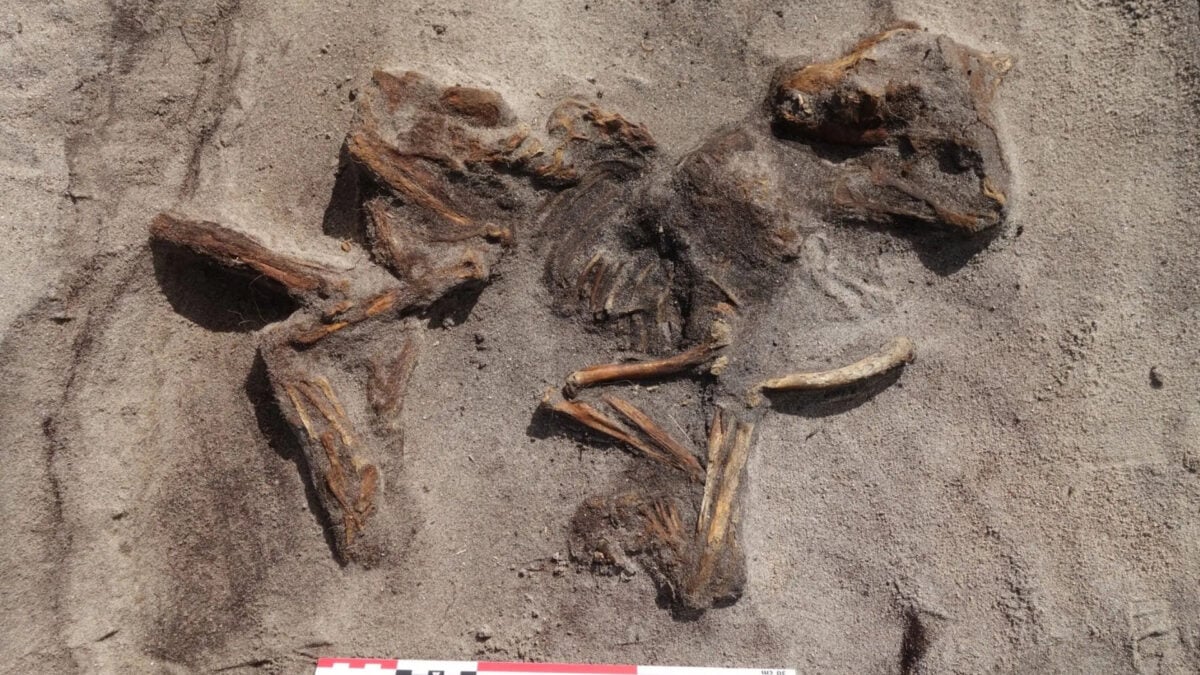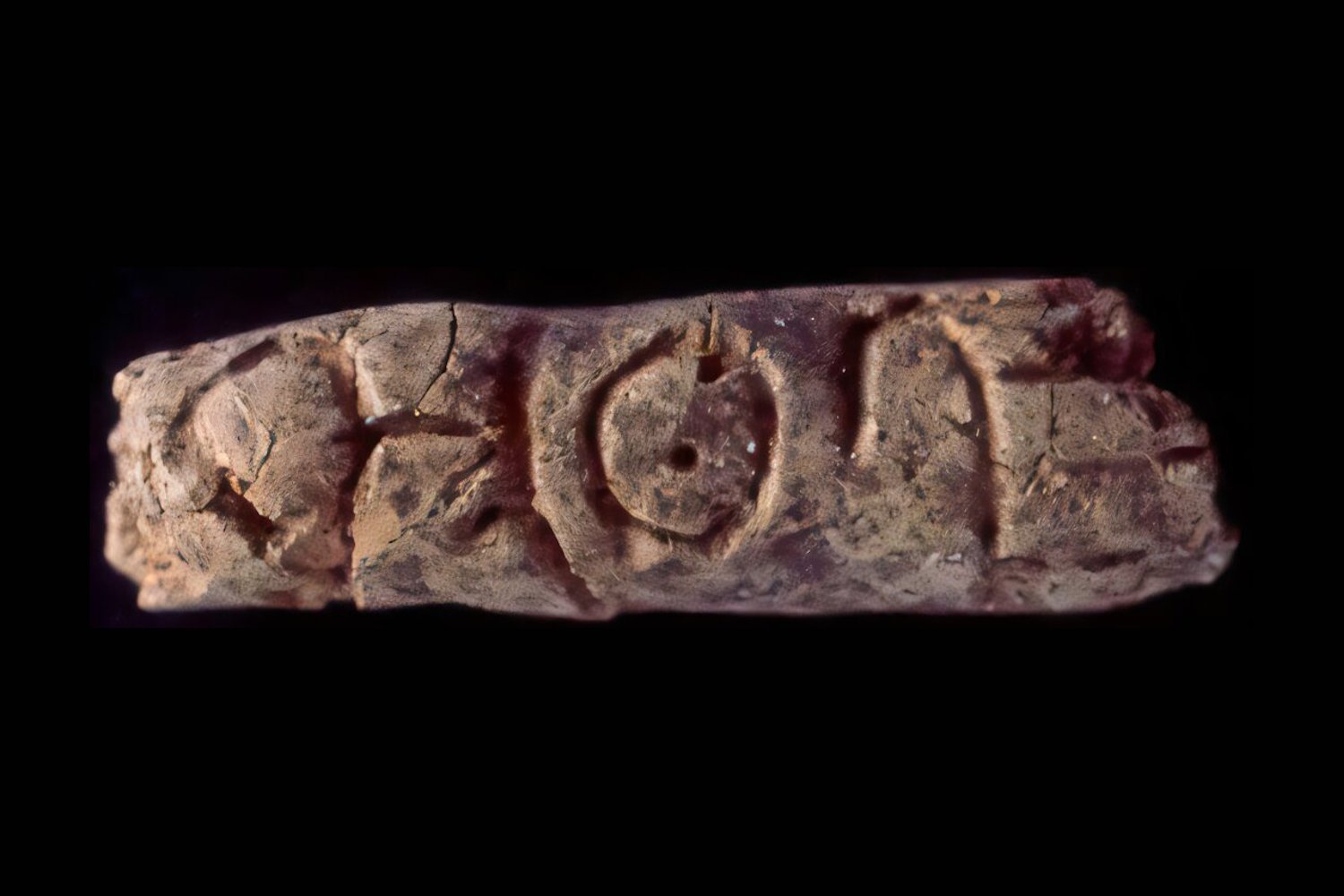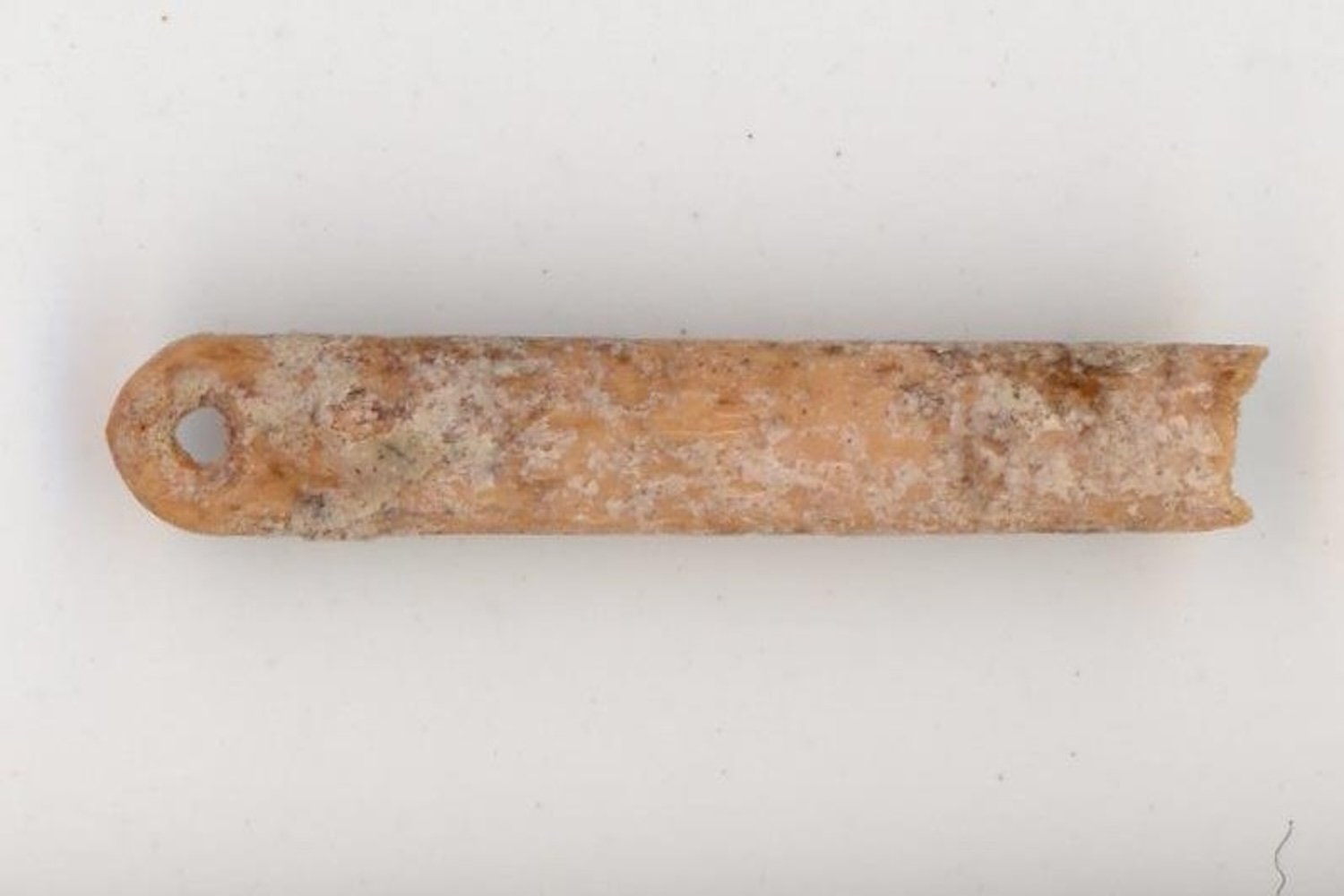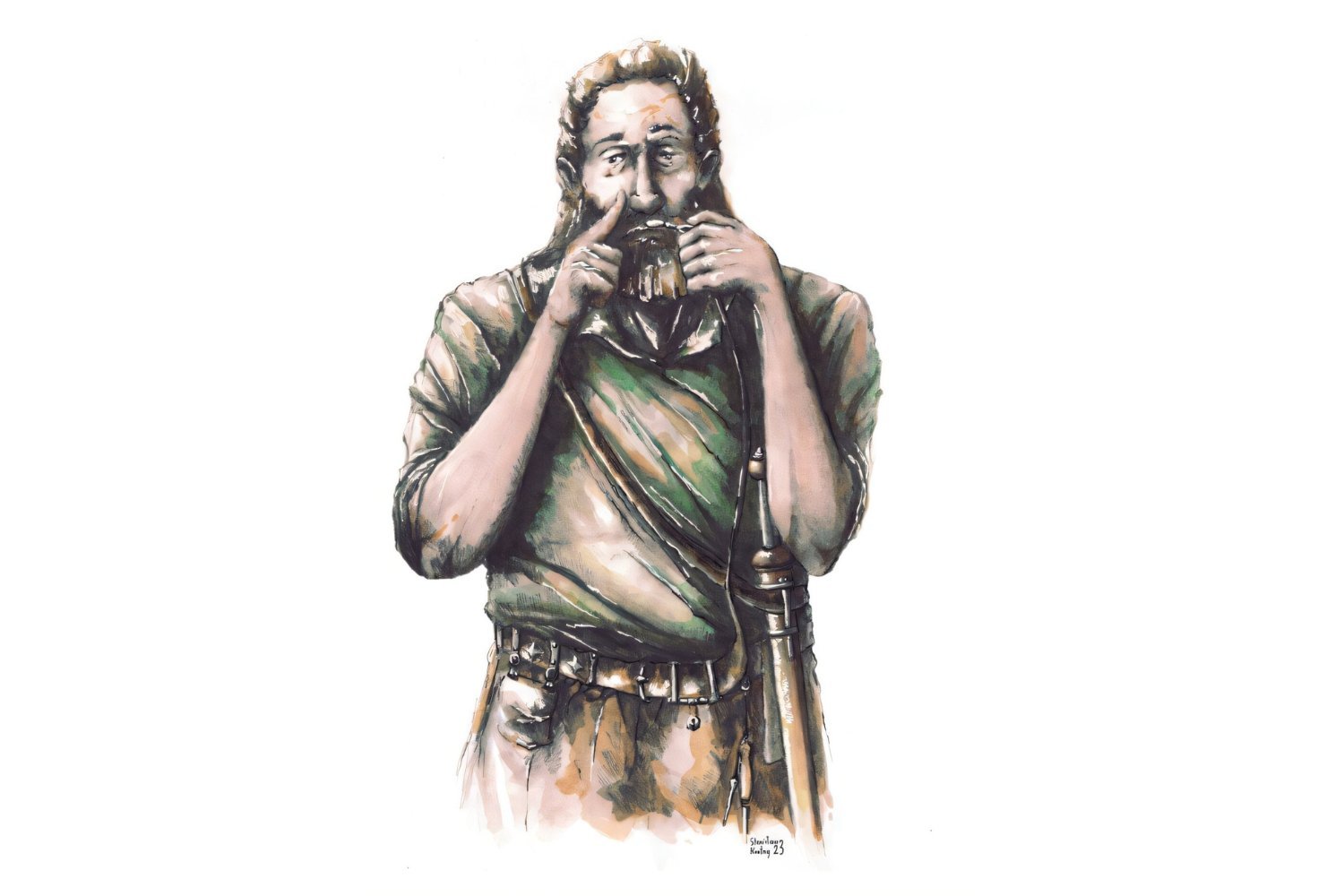New research suggests that ancient Romans looking for a quick meal frequently enjoyed fried songbirds, a far cry from the lavish banquets often depicted. An archaeologist studying a trash pit on the island of Mallorca, near the ruins of an ancient Roman fast food establishment, discovered bones of song thrushes, challenging long-held beliefs about Roman culinary habits and shedding new light on their vibrant street food culture.
The study, published in May in the International Journal of Osteoarchaeology, indicates that thrushes were commonly sold and consumed in Roman urban centers. This finding questions the traditional view of these small, speckled birds as a delicacy exclusive to elite gatherings and offers fresh perspectives on the everyday Roman diet.
The Mallorcan Discovery: Rewriting Roman Culinary History
Alejandro Valenzuela, the study’s author and a researcher at the Mediterranean Institute for Advanced Studies in Mallorca, Spain, analyzed discarded animal bones from the ancient city of Pollentia. This city, located near modern Alcúdia in northern Mallorca, was strategically built after the Roman Empire conquered the Balearic Islands in 123 BCE. Pollentia evolved into a key Roman port. Valenzuela told Live Science, “Based on local culinary traditions here in Mallorca—where song thrushes (Turdus philomelos) are still occasionally consumed—I can say from personal experience that their flavor is more akin to small game birds like quail than to chicken.”
Evidence from an Ancient Eatery’s Trash
Excavations in Pollentia have uncovered various structures, including tabernae – small roadside shops that sold goods, drinks, and inexpensive food. In the late 1990s, the excavation of one such taberna, dubbed “room Z,” revealed a central drain emptying into a cesspit on its porch. This pit, about 4 feet (1 meter) wide and 13 feet (4 meters) deep, contained ceramic fragments dating its use to around 10 BCE, along with significant food waste. These remains offer a direct glimpse into the consumables of an ancient Roman fast food vendor.
A Menu of Thrushes: Analyzing the Avian Remains
The animal remains within the cesspit included various mammals, fish, and birds, likely prepared and eaten in or near the taberna. Valenzuela’s taxonomic identification of these remains pinpointed five bird species: common cranes, domestic fowl like chicken, pigeons, thrushes, and other thrush-sized songbirds. Notably, thrushes were the most common, with 165 identified specimens. A surprising observation was the prevalence of skulls, breastbones, and distal wing and leg bones, with a scarcity of bones from meatier parts like thighs or upper breasts.
This pattern strongly suggests these bones were discarded by kitchen staff during the butchering process, as Valenzuela explains in the study. The few meatier bones found also showed damage consistent with butchery, further supporting this hypothesis.
From Elite Delicacy to Everyday Fare
“This evidence suggests that thrushes were widely consumed, forming part of the everyday diet and urban food economy,” Valenzuela writes. This contrasts sharply with ancient Roman literature, which often portrays thrushes as a luxury food for the elite. For example, Plutarch’s biography of Roman general Lucullus describes thrushes being specially fattened for lavish banquets. However, the findings from Pollentia suggest this dish was not as exclusive as depicted. Instead, these songbirds appear to have been a staple of Roman street food culture, at least in Mallorca.
Further research is needed to determine if this practice was widespread across other parts of the Roman Empire. Investigating the role of other songbirds in ancient Roman cities could also provide insights into how seasonal resources were integrated into their food systems.
Ultimately, this research underscores the importance of looking beyond narratives centered on the elite. It encourages consideration of the diverse food practices that shaped the daily lives of ancient urban communities, offering a more complete picture of Roman society and its culinary landscape.
References
Valenzuela, A. (2024). Songbirds for snacks? Taphonomic insights into avian consumption and urban foodways in Roman Pollentia (Mallorca, Balearic Islands). International Journal of Osteoarchaeology. https://doi.org/10.1002/oa.3416











